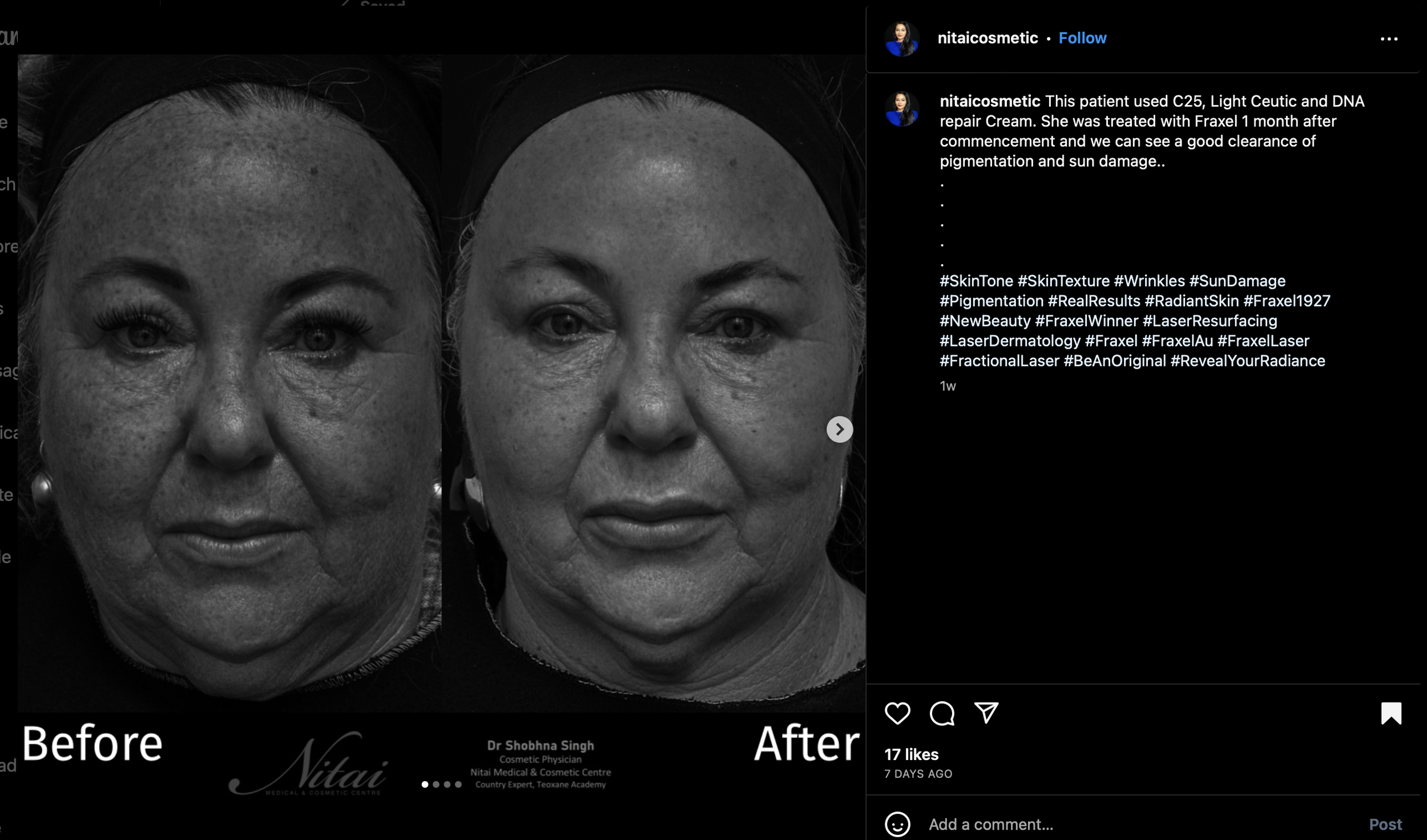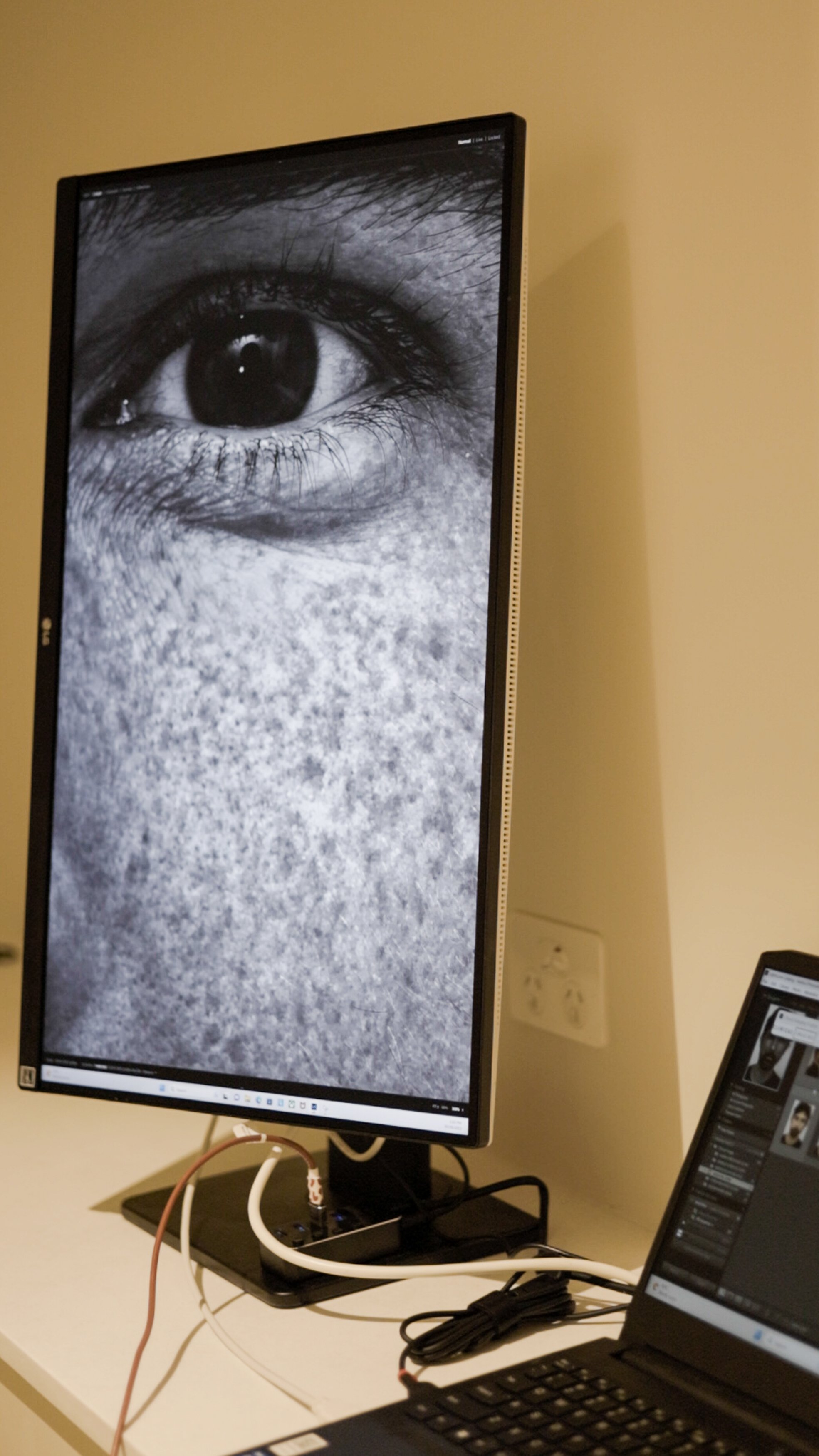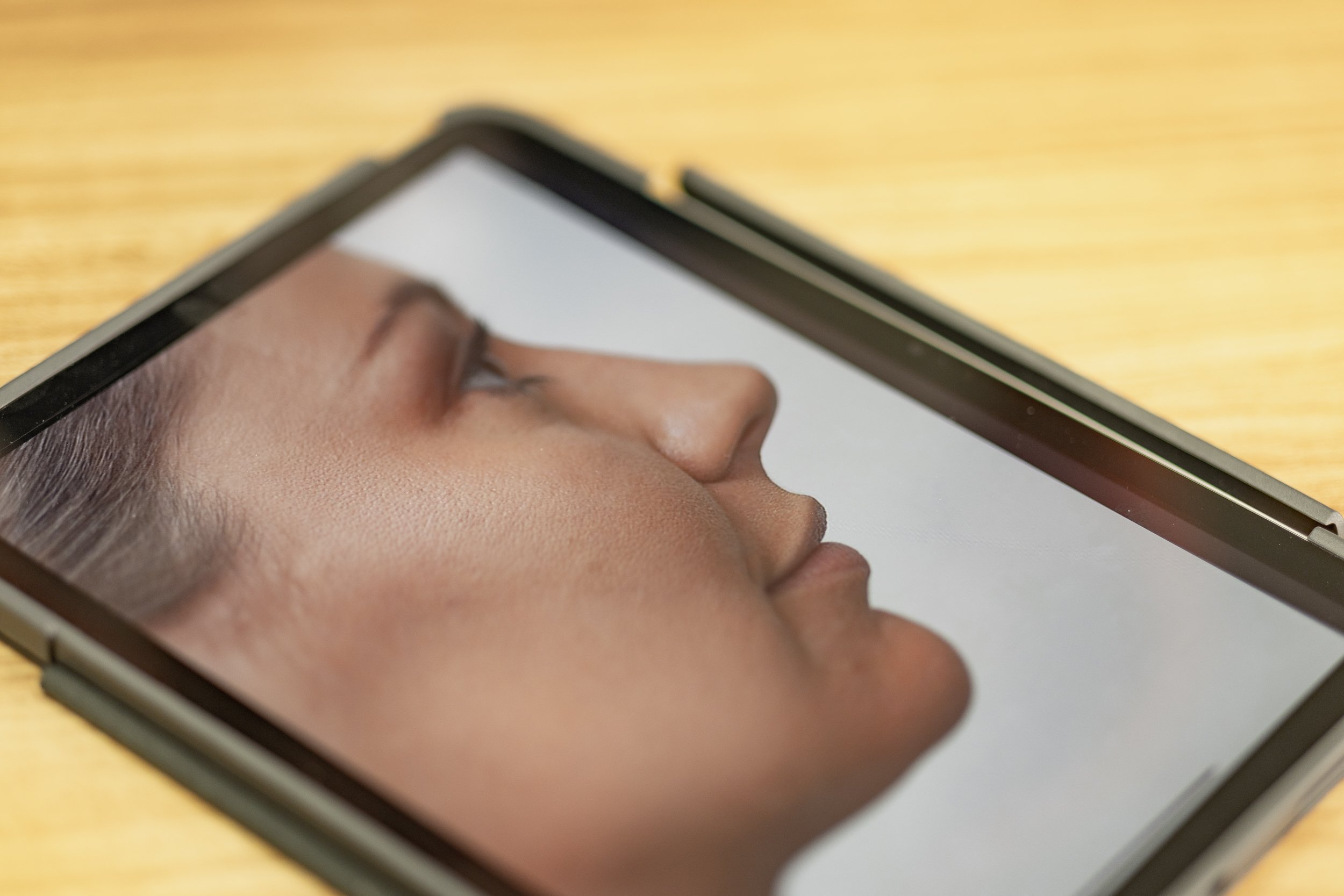TGA Schedule 4 Advertising - IMPORTANT UPDATE FOR ADVERTISING YOUR RESULTS
update from tga.
——-
To ensure the consistent application of the legislation related to the advertising of therapeutic goods across all industry sectors, the Therapeutic Goods Administration (TGA) has updated our position on references (even in generalised terms) to cosmetic injectables in advertising.
As your members are aware, it is an offence against s42DL(10) and a breach of s42DLB(7) of the Therapeutic Goods Act 1989 (the Act) to advertise where the advertisement refers to substances, or products containing substances, included in Schedule 3, 4 or 8 (but not in Appendix H) to the current Poisons Standard.
The promotion of a health service as a means to obtain a prescription medicine is a form of advertising prescription medicines. Decisions about treatments that involve the use of prescription medicines should be made by a doctor in consultation with each individual patient. It is not legal to influence consumers about the use or supply of prescription medicines through advertising.
For the cosmetic industry this means that while the advertising of the service provided remains outside the jurisdiction of the Act, if such an advertisement refers to a schedule 4 substance or a product containing that substance (even in general terms such as wrinkle reducing injection') the advertisement will in almost all cases be considered an unlawful advertisement for therapeutic goods.
To support the consistent application of legislation related to the advertising of therapeutic goods across all industry sectors, on 18 December 2023. previously published guidance which included certain terms considered at the time to be acceptable was removed from our website.
These terms included anti-wrinkle injections' and 'dermal fillers'.
This is because these terms refer to (by drawing the audience's mind to) prescription only products. Alternatives to these references to support advertising of services remain availabie, for example:
“ our clinic can provide consultations on reducing the appearance of wrinkles “
Welcome to 2024
Some exciting updates as we head into the 2024.
National Sales Manager
Exciting Announcement: Welcoming Colleen Perriman as National Sales Manager
We are thrilled to announce the newest addition to our team, Colleen Perriman, who brings an exceptional wealth of experience, knowledge, and insight to Clinical Imaging Australia. With over 20 years of remarkable achievements in the aesthetics industry, Colleen's expertise and background as a qualified nurse, former state business manager for Teoxane, and dermal therapist uniquely position her to understand all facets of the aesthetic equation.
We are confident that Colleen's remarkable skills and deep understanding of the industry will greatly benefit our team and our clients. For any enquiries, please feel free to contact Colleen at hello@clinicalimaging.com.au. We are looking forward to the positive impact Colleen will have on our team and the outstanding contributions she will make to our company's ongoing success.
AI Enhancements
Update: Introducing AI Chat Bots!
We are thrilled to announce the arrival of our new AI chat bots! Designed to provide instant support and answers, these cutting-edge bots come equipped with a wealth of website knowledge, training resources, and technical sales information.
They are ready to assist with navigation, support requests, and training, streamlining your experience and empowering your team with quick and comprehensive solutions.
Client Portal
New resources for clients
We are excited to announce the recent launch of a comprehensive new page dedicated exclusively to our valued registered clients.
This innovative client portal page serves as a hub for our esteemed clients, offering seamless access to our cutting-edge Academy, dedicated Support services, as well as the latest news tailored specifically for their needs.
Creative Cloud discontinued
Embracing a New Era of Enhanced File Management
In late 2023, Adobe, the parent software company behind Lightroom Classic, announced the cessation of hosting synced files as part of its portfolio. This change presents a remarkable opportunity for us and our clients, as we transition to more secure and feature-rich platforms that offer enhanced benefits and flexibility.
Over the past nine years, our reliance on Adobe has occasionally led to frustrations for both us and our clients due to the lagging pace of features compared to competitors like Microsoft OneDrive and Google Drive. However, this development marks a positive shift as we embrace new platforms that address these shortcomings and provide several key benefits:
1. Selective Sync: With the implementation of selective sync, users gain complete control over which files they choose to download to their connected devices. This proactive approach eliminates the frustration of automatic downloads experienced with Adobe that would fill up hard drives.
2. Two-Factor Authentication: The adoption of two-factor authentication enhances security measures, instilling peace of mind for both our team and clients regarding the safety of stored files and data.
3. Effortless Integration: The seamless integration with Microsoft Outlook and Gmail for file attachments streamlines workflows, enhancing convenience and productivity for all parties involved.
4. Auto-Sync with Mobile Devices: The newfound ability for auto-sync with a range of devices, including iPads, iPhones, and Android devices, simplifies accessibility and ensures files are readily available while on the move.
By transitioning to these new platforms, we are not only addressing existing challenges but elevating our file management practices to better cater to the evolving needs of our clients. This transition signifies a significant step forward, providing an array of benefits and innovations that will enhance the client experience and streamline our operations. We are excited about the positive impact this change will bring, and we are committed to ensuring a smooth and seamless transition for all our clients.
What do we do from here?
You essentially have two options for cloud storage going forward.
We will create a new account for you in Microsoft Onedrive and migrate all your data to the new platform. You will receive new training assets and updated manuals via our Client Portal .
This will come at no additional charge to you and is included in your Service Agreement
Simply fill out the form below and our team will contact you once installed.
If you already have an IT agency managing your cloud data, they can simply assign at least 1TB of storage your email of choice and contact us on hello@clinicalimaging.com.au with the new details.
Toolbar updates November 2023 :
Consent
In a major update to patient experience and safety - we have implanted a mandatory Consent button which disables to user from shooting if the patient has not completed consent forms required by AHPRA guidelines.
6.10 Medical practitioners must prioritise patients’ interests, dignity and privacy ahead of marketing or advertising opportunities. Medical practitioners must:
a. have fully informed consent from patients, separate from the consent to surgery, to use their image in any advertising
Filter accuracy
As we prepare for our dermatology paper we have updated our filters to reflect Fitzpatrick skin types scale.
Save Metadata
As we migrate certain installs to .jpg workflow only - we have updated our software to allow for keyword tags to migrate from Lightroom Classic through to explorer windows
Fresh Webinar
As part of our partnership with Fresh clinics we are excited to present our first Webinar :
Build Your Own: https://app.freshclinics.com.au/org-owner/product/64dc106e38e59a0864234bfd
Beginners Photography Package: https://app.freshclinics.com.au/org-owner/product/64b74e099516a5fd25fd020b
Skin Filters
In 2014, I first encountered a UV woods lamp and noted its potential for replication through the utilization of raw photography data acquired from a calibrated camera under specific conditions.
In 2017, we established computer code to extract this acquired data, incorporating an analysis of both photo damage and vascularity. Over time, this development has proven to be an invaluable tool for dermatologists, dermal therapists, and injectors in their examination of patient skin.
Although "skin health" is not a concept that immediately springs to mind for most patients, it is, in fact, the fundamental purpose for capturing these images – to document the skin's overall health.
This documentation includes aspects such as its luminosity, plumpness, and degree of wrinkling, which can all be effectively showcased using these filters.
Our Melanin filter is specifically designed to display the concentration of melanin within the epidermis, while our vascular filter highlights areas where blood vessels are located closest to the skin's surface.
Conditions that can be showcased :
Solar keratosis
Photoaging
Hyper pigmentation
Rosacea
Melasma
Dermatitis
Acne
Vitiligo
Ketatosis Pilaris ( Woodrow has this not fun! )
Eczema
Hypertrophic scarring
Rhinophyma
Spider Veins
Varicose veins
The cost of poor data management.
The Power of Cloud: Enhancing Efficiency and Safeguarding Patient Data
As we embark on a new era of technological advancement and innovation, we are thrilled to announce that starting from 2024, Clinical Imaging Australia will be transitioning to cloud-only databases, with a particular focus on partnering with Office365 and Sharepoint, while gradually moving away from Adobe Creative Cloud. This strategic move represents a significant leap forward for our organization and, more importantly, for the quality of patient care.
The cloud, with its vast array of capabilities and opportunities, holds immense potential for revolutionizing the healthcare industry. One of the most remarkable advantages lies in its ability to streamline patient flow and optimize operational efficiency. Gone are the days of cumbersome, physical servers that required constant maintenance, updates, and backups. Instead, our systems will now seamlessly connect to the cloud, allowing for instant access to patients' medical records and imaging data whenever and wherever needed.
By embracing the cloud, we can bid farewell to the nightmares we have witnessed over the past decade. Horror stories of crashing servers, incidents of staff misconduct, and heart-wrenching breaches of patient confidentiality will become relics of the past. We cannot emphasize enough how crucial it is to ensure the safety and security of sensitive medical information.
The recent Medibank private incident in 2022 serves as a stark reminder that even the largest organizations can fall victim to scams and breaches, highlighting the urgency for change.
Our transition to cloud-only databases brings with it an unparalleled level of data safety. By entrusting renowned platforms such as Office365 and Sharepoint, we can rest assured that industry-leading security measures and protocols are in place to protect against potential threats. From encryption to multi-factor authentication, our systems will be fortified, leaving no room for compromise.
Moreover, the cloud offers a revolutionary approach to cataloging and organizing patient data. We understand the importance of efficient retrieval and analysis of medical records, which is why we have developed a system that leverages valuable information. By categorizing patient data, such as their name, date of birth, and the capture date of specific procedures, along with relevant keywords like "filler" or "lips," we have created a comprehensive and intuitive search function. This feature allows our medical professionals to access patient information instantaneously, empowering them to make swift, accurate diagnoses and provide the highest level of care.
As Clinical Imaging Australia embraces cloud-only databases, we embark on a journey towards a future defined by efficiency, safety, and excellence in patient care. The cloud has become the cornerstone of our operations, promising seamless integration, enhanced security, and significantly improved patient flow. We invite you to embrace this shift with us and look forward to witnessing the transformative impact it will have on our organization and, ultimately, the lives of our cherished patients. Together, we can redefine the meaning of advanced healthcare delivery.
The importance of ongoing training.
Continuous training is crucial in all industries, but particularly in a clinical setting. Through my years of experience, I have observed that clinicians may occasionally adopt a "casual" attitude towards their photography, disregarding the gravity of the task at hand.
Furthermore, the frequent turnover of staff poses its own challenges, as we invest time and effort into training our initial team, only to have new members join without proper onboarding. This worst-case scenario not only reflects poorly on our products, but also directly impacts the overall patient experience.
Dr Lee Walker utilising an our system at Teoxane Training academy, Sydney Australia.
To address these issues, in early 2023, we proudly launched our new training Academy at www.clinicalimaging.com.au/orientation
5 things you may be doing wrong with your clinical photography
After 10 years of training hundreds of doctors, nurses, and allied health clinicians, I have had the opportunity to gather valuable insights from their experiences. Throughout this journey, I have come across a multitude of questions regarding clinical photography. It is quite common for people to associate clinical photography with concerns surrounding image quality or lighting.
These aspects often pose significant challenges and can be a source of frustration for many individuals in the healthcare field. However, there are several other factors that also influence the effectiveness of clinical photography, and exploring these aspects can lead to a more comprehensive understanding why this is important a modern clinical environment.
New Leaf Cosmetic
Time management
Memory cards are not only dangerous due being a single, uncatalogued and fragile storage medium, but worse still is the time it takes to remove that card from a camera, download, describe, resize, export and re-upload to a practise management system.
That’s why we have since day one designed a tethered ( hard wired ) workflow where camera is physically connected to a computer for instant download, review, naming, date stamping and backups to the cloud.
Sculpt Adelaide
Patient assessment
Clinicians must regularly handle patients' subjective experiences, including instances where patients notice new changes but forget the progress they've made during their treatment.
One way to manage this is doing thorough assessment with the patients own images, and not stock photographs or glossy brochures.
Dr Andrew Raymond
Lost education opportunities
Not advertising the results you achieve.
Due to stricter regulations, stock images are now prohibited in marketing. Therefore, most of your marketing materials need to focus on education. To achieve this, you require a process for capturing and consulting on images, as well as obtaining consent for their use in marketing strategies.
Non-compliant data management
Clinical Photographs are deemed by AHPRA and AMA to be medical information, and Do you know where your photographs are stored? How they are backed up?
Some legislation you should be aware of :
Privacy Act 1988
State and territory privacy legislation
My Health Record legislation.
An overview of our approach to data management - secure, automated and accessible
Protocol
Generally if you have 5 photographers you’ll have 5 different approaches - unless you have standardised protocol.
We’ve very proud of our Academy that standardises the approach so that everyone is doing the same thing.
Training Questionnaire
Test your team’s knowledge.
We’ve created a short 11 question test for existing site to test their knowledge.
The aim is to keep you up to date with the software, procedures and tools in our system.
ARCHIVES
- August 2014
- October 2015
- June 2017
- September 2017
- December 2017
- April 2018
- August 2018
- September 2018
- February 2019
- August 2019
- September 2019
- February 2020
- July 2020
- April 2021
- October 2022
- November 2022
- September 2023
- October 2023
- November 2023
- January 2024
- February 2024
- April 2024
- July 2024
- September 2024
- October 2024
- November 2024




















